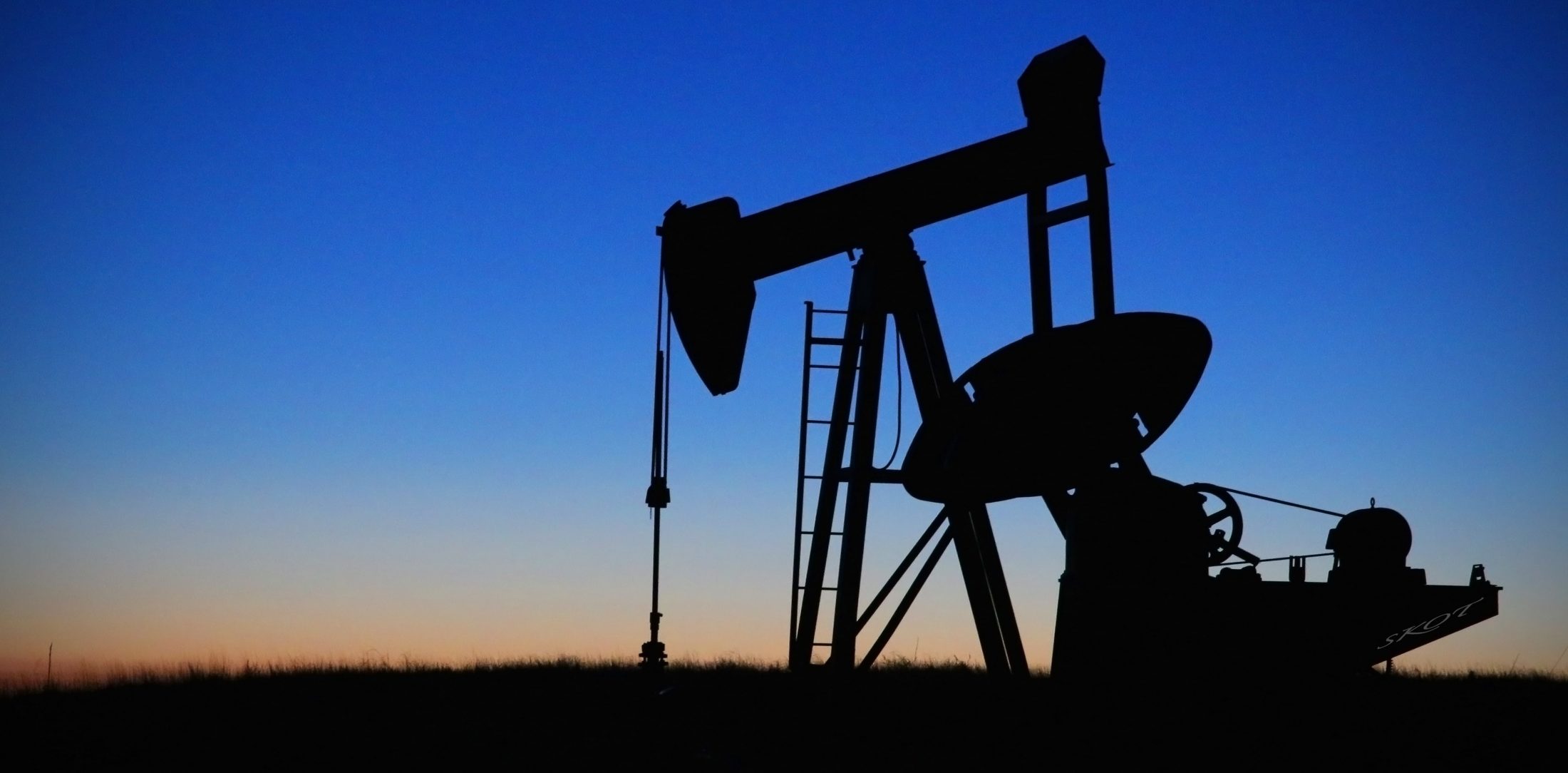Shortages of sand, pipelines, and manpower could jeopardize America’s future as an energy superpower
At 10:30 p.m. on an 85F August night in Penwell, in West Texas, a 69-year-old repairman is hammering away at the frame of an 18-wheeler in the forecourt of an abandoned truck stop. The song Free Bird by Lynyrd Skynyrd blares from the radio. “I’m making more money than I ever did,” says Don Suggs, who spends nights inside a vacant, graffiti-covered shop nearby, where he sleeps in a hammock. Just six weeks earlier he was retired, living near Dallas. He’s here now, he says, “for one last hoo-rah.”
Suggs’s sole employee, Bo Bennett, a heavily tattooed native of Waco, Texas, beds down in what used to be the shop’s freezer. The only sign of a home comfort is a hanging punching bag. “This is the new West,” says Bennett with a smile.
The Permian Basin is six years into a boom sparked by advances in drilling methods that have unlocked a sea of hitherto unattainable oil buried inside a 90,000-square-mile stretch of sedimentary rock straddling Texas and New Mexico. But as the area’s production approaches that of Iran—the third-largest OPEC member—growth has begun to slow, throttled by shortages of pipelines, workers, power, and roads. There’s a lot, in terms of energy as well as geopolitics, riding on whether this is just a temporary blip or a longer-term deceleration.
The U.S. has become an energy superpower because of the Permian. The region’s crude output has doubled in the last four years, and could rise another 50 percent by 2023, according to industry consultant IHS Markit. That could propel the U.S. past Saudi Arabia and Russia, which in recent years have alternated in the role of world’s top oil producer. Such a development would have far-reaching economic and political implications for everything from America’s foreign policy to OPEC’s influence in global energy markets.
When U.S. shale emerged as a threat to OPEC in 2014, the cartel tried to kill it off by flooding the market with crude, sending oil prices below $30 a barrel. The move backfired: While some of the weaker U.S. players were swamped, others cut costs aggressively and invested in new technology. The American industry emerged leaner and stronger. Today, U.S. drillers are unshakably confident. “The Permian is huge,” says Vicki Hollub, chief executive officer of Occidental Petroleum Corp., the basin’s biggest producer, in an email. It “has the capability to sustain its position with respect to the rest of the world for another decade or two at least.”
